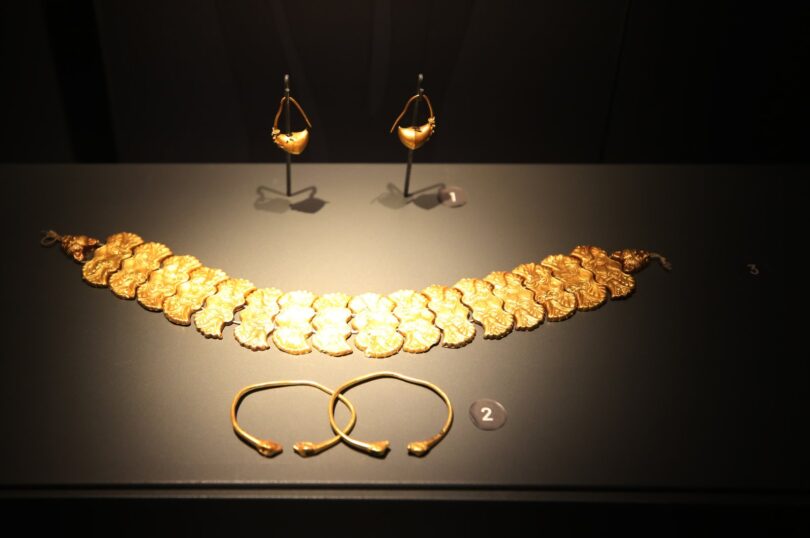ISTANBUL (AA): Türkiye’s Troy Museum, awarded two prestigious awards from Europe, currently exhibits dazzling jewelry belonging to Trojan women and thousands of artifacts from thousands of years ago.
The section known as the “Treasure of Troy,” comprising gold jewelry used by Troyan women, forms one of the museum’s most unique areas. It has gained worldwide recognition, winning the “2020 European Museum of the Year Special Commendation Award” and the “2020/2021 European Museum Academy Special Award.”
Called the “worker treasures,” the 24 pieces of gold jewelry were brought from the Archaeology and Anthropology Museum at the University of Pennsylvania in the United States through diplomatic efforts in 2012 and are displayed in the museum.
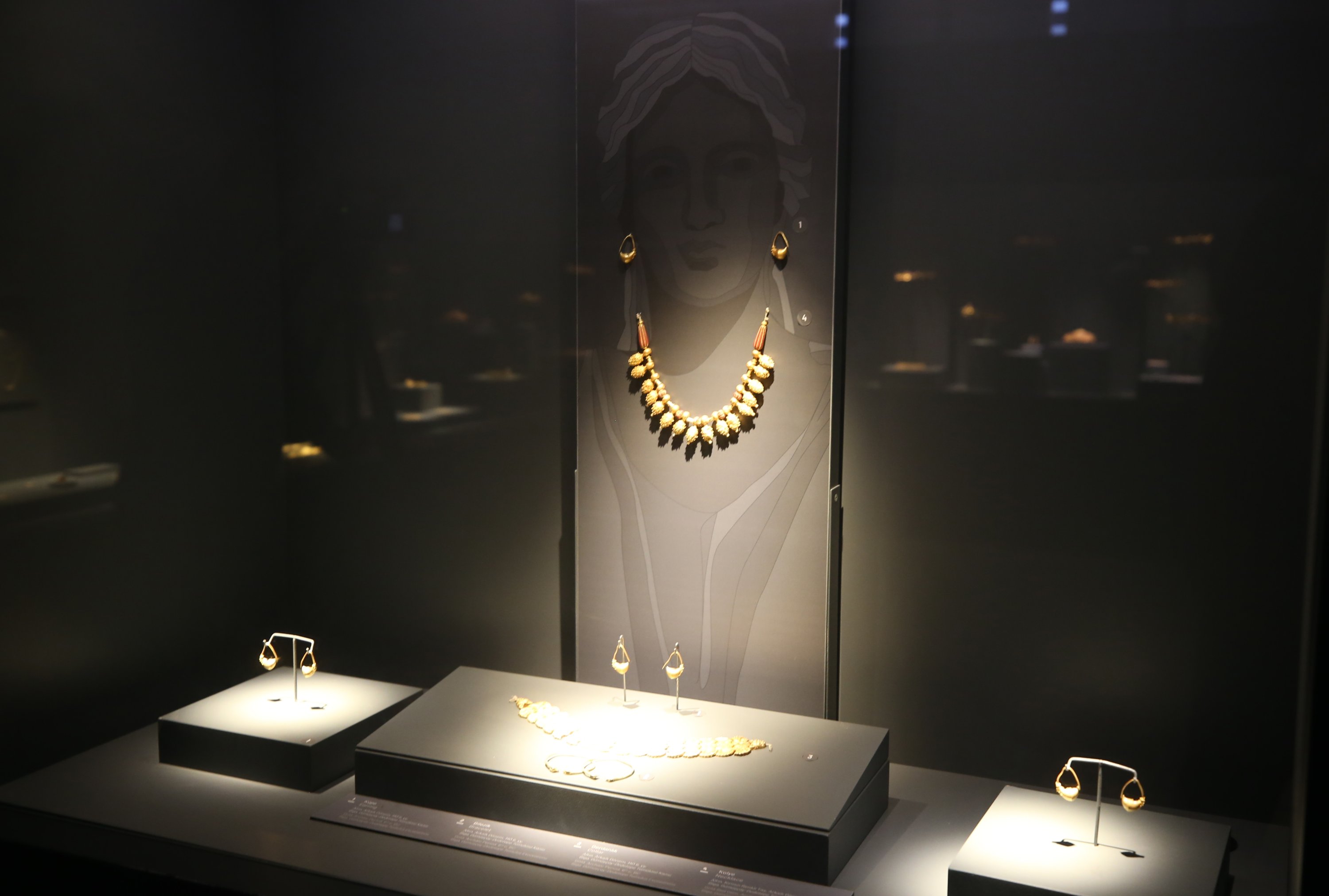
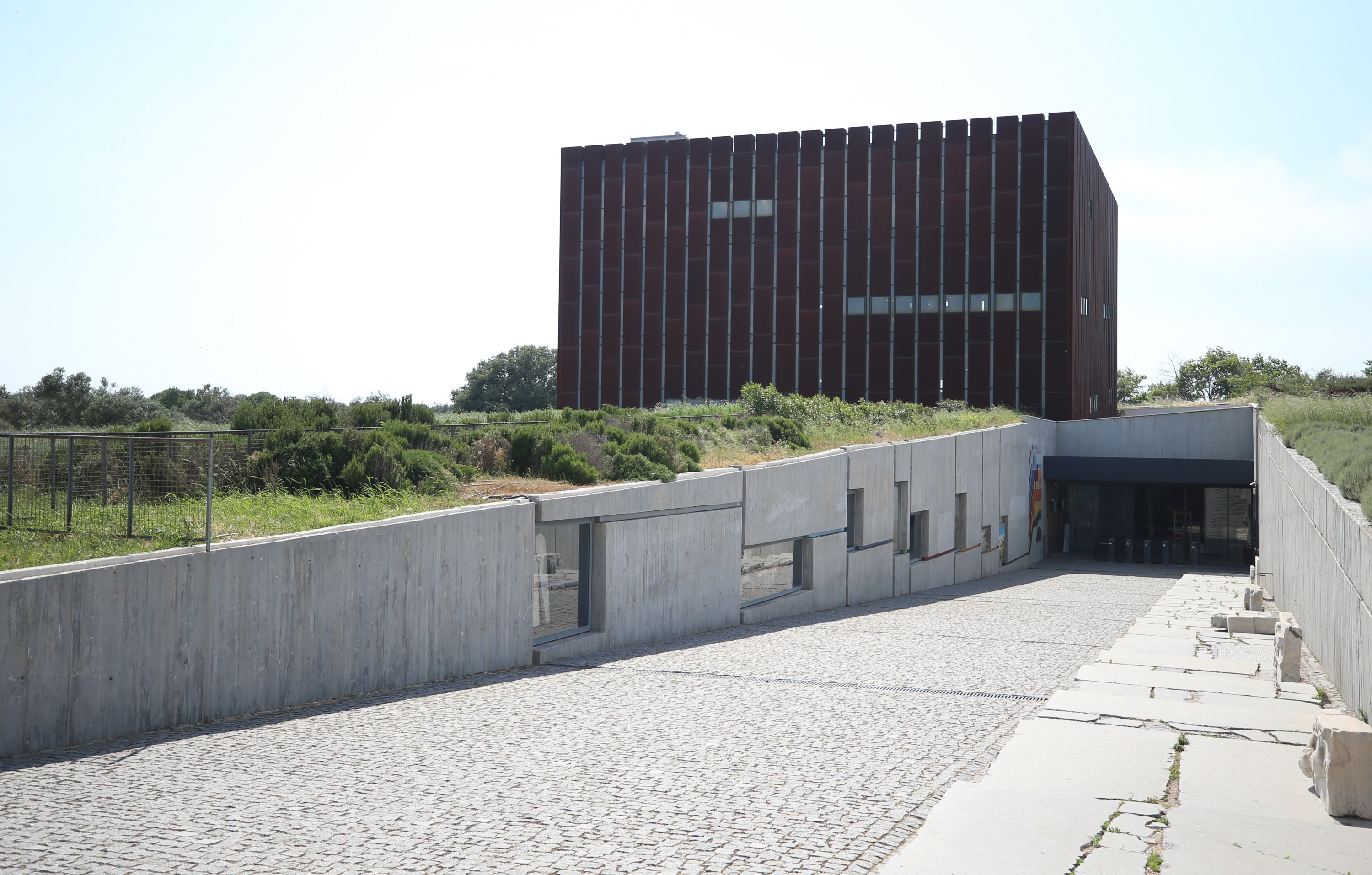
Troy Museum
The ancient city of Troy, situated in the Tevfikiye village under the administration of Çanakkale center, has a rich history spanning over 3,000 years. Its nine layers serve as a testament to the civilizations that thrived at the crossroads of Anatolia, the Aegean and the Balkans.
The initial excavations at Troy were initiated by Heinrich Schliemann, a German merchant, in 1871. Schliemann’s efforts unearthed numerous historical artifacts, some of which he smuggled to Athens on May 31, 1873.
Subsequently, the Ottoman Empire filed a lawsuit demanding the return of the treasures taken by Schliemann. The trial, held in 1874, resulted in Schliemann being fined 10,000 francs. Unfortunately, despite the ruling, the treasures could not be repatriated.
After Schliemann’s death, the artifacts exhibited in Berlin were taken to Russia during World War II. These items were scattered across 40 collections and museums in various countries, with a significant portion housed in the Pushkin and St. Petersburg museums in Russia. However, thanks to Türkiye’s diplomatic efforts, some artifacts have been repatriated.
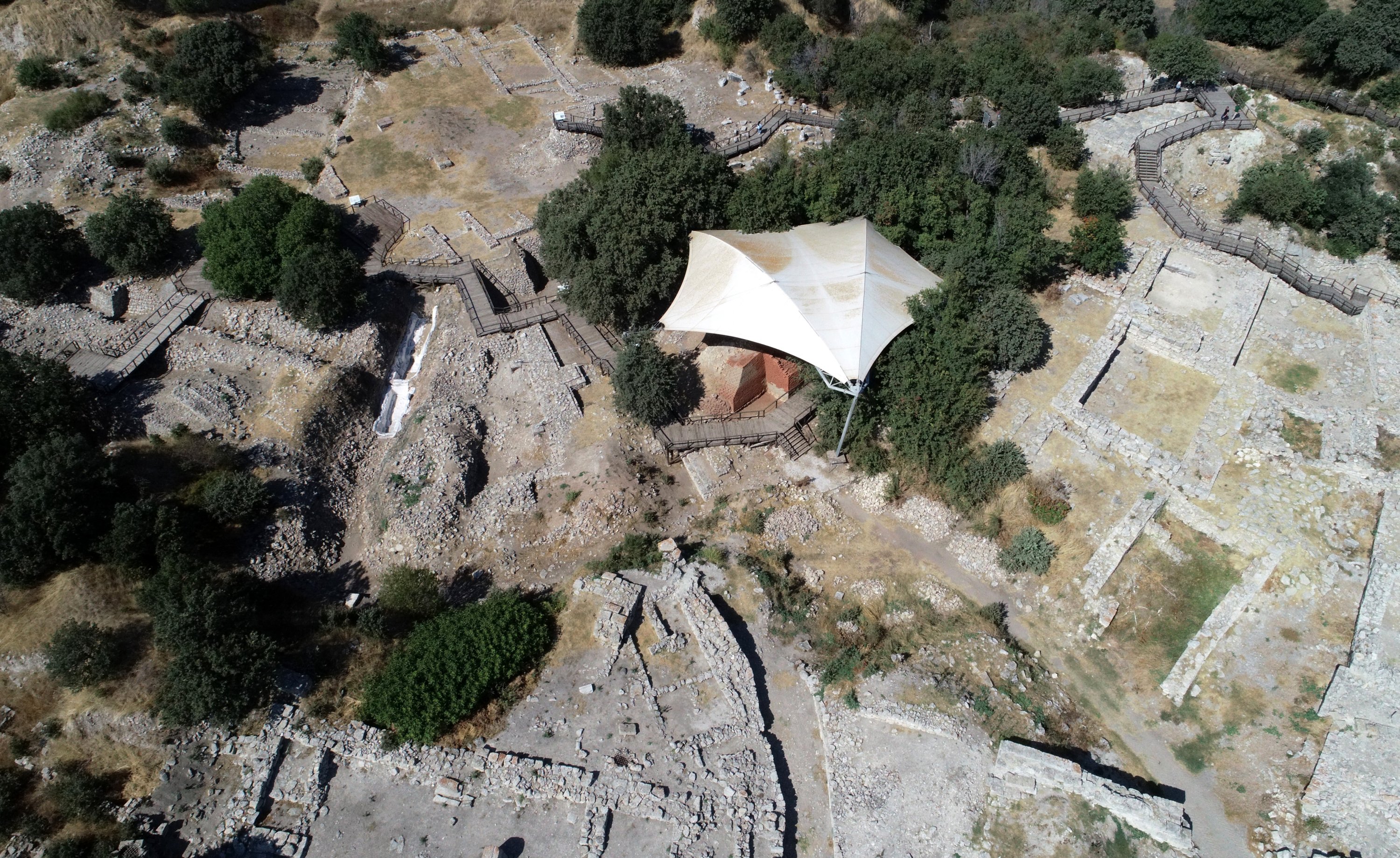
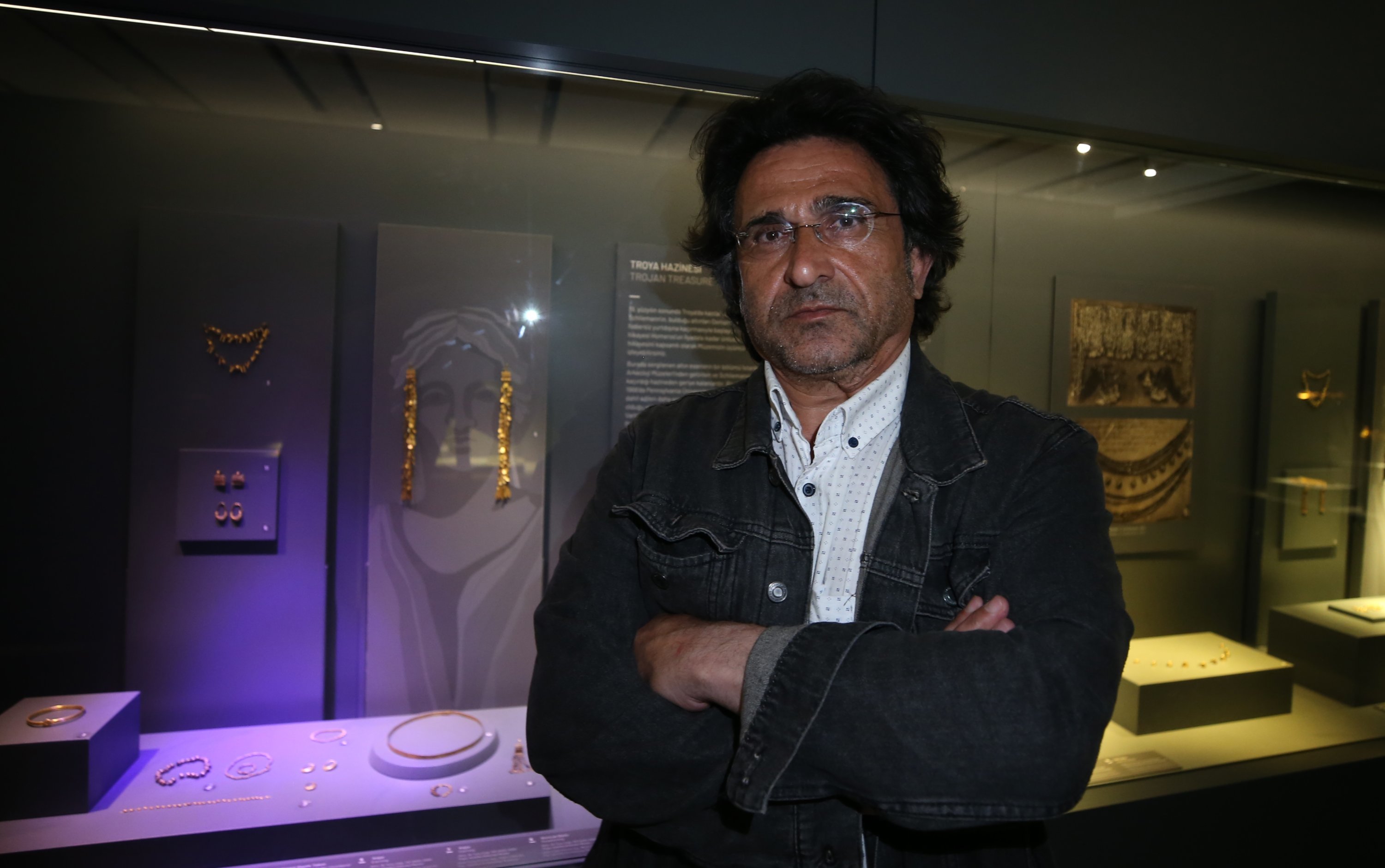
Inspiration source
Rüstem Aslan, the head of the excavation team told Anadolu Agency (AA) that the Ottoman Empire fought a legal battle to retrieve the stolen artifacts.
Emphasizing the significance of the case in 1874, Aslan said: “It was both the first of its kind in the world and the Ottoman Empire’s first historical artifact case that resulted in a victory. It is also important that these treasures are here. The Troy Museum is an important starting point for the exhibition of Troy artifacts that were taken out of the country by Schliemann, who discovered Troy 150 years ago and scattered them to over 40 different museums and collections through various means.”
Aslan emphasized the importance of exhibiting the artifacts in the lands where they were found.
Rıdvan Gölcük, museum director, also mentioned that Schliemann purchased a 40-acre land before starting the excavations to have a claim on historical artifacts.
He explained that the then Ottoman statesman, Saffet Pasha, noticed this and expropriated the land mentioned above in Hisarlık Tepe, which later strengthened the Ottoman Empire’s and subsequently Türkiye’s position in reclaiming the stolen artifacts.
Gölcük stated that without expropriation, it would not have been possible to talk about Schliemann smuggling these artifacts out of the country because he would have had the right to them.
“In the 19th century, there were groups of artifacts mostly taken from the points they were located, which were involved in colonial activities. Therefore, yes, unpleasant incidents occurred in the 19th century, but European museology needs to free itself from the burdens of colonialism or the 19th century. From our perspective, another point is this: We have wonderful teams and they are continuing all these diplomatic and legal processes. We are very confident about that,” he added.
“Yes, it is very important to bring back the stolen treasures to the country, but let’s also appreciate the magnificent assets we have, the Troy Museum. It has become one of the most inspiring museums in the world,” he elaborated.

